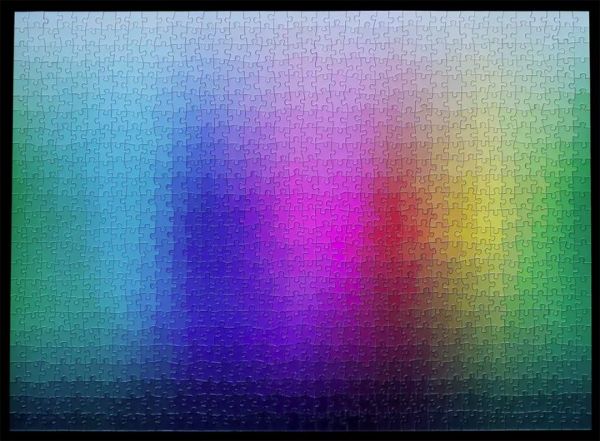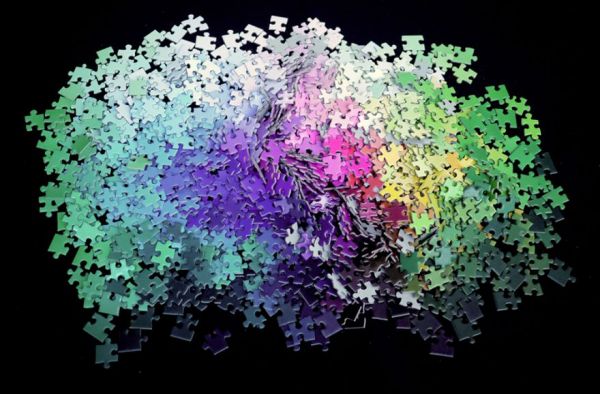I have a friend who likes saying that 'Everything is a conversation between positive and negative space'.
Indeed dry stone walling is a very spatially oriented sport and thus very much supports his generalization.
Much of the satisfaction of building dry laid walls (and looking at them) comes through appreciating these 'spacial conversations'.
It is true too that if the negative spaces are not fit together properly (that is, converse in a logical manner) with positive ones, the thing will fall apart. Well built, well fitted walls just make sense.
But to find ways to make stones and spaces agree, and at the same time look more pleasing, requires a special intuition not found in any official walling handbook or necessarily 'obtained', even by successfully acing the requirements of some dry stone walling examination, no matter what level.
What else does it take to build something aesthetically pleasing? There has to be something more human going on in the process of execution, which the more skilled walling artisans have learned requires letting themselves be guided intuitively. He or she knows that the work (and others who see it) will benefit more by having allowed another 'conversation', other than merely providing a platform for the filling of negative spaces.
It is the conversation in (and about) values.

The video below shows enthusiastic hands sorting out a puzzle that has no defined pictorial image. Finding the pieces that go together is helped only by their closeness in colour value. The task, though still about shape and space, involves honing one's appreciation for the diversity of subtleties in the tonal mix. There is a discovering of how things 'blend in'.

The participants are not relying on things connecting clinically merely as many separate components. They are letting themselves experience the diversity of values available in relation to the whole.
So too, given a pile of random stones, ever so gradually, we begin to sense the subtle differences of value within the entire range of viable options. As in many things in life we cultivate this ability through experience and learn to appreciate the value of the options presented to us.

If the puzzle 'picture' was merely a random chaos of colour, or a completely white blank page, (to be solved spatially, with no other options) the hands still would likely find how all the pieces snapped together eventually. (Maybe not in the allotted test time). No doubt, when it was completed it would meet the 'standard' of what any 'correctly' completed jigsaw was, in that all the pieces were fitting properly.
Working on the puzzle, and even after having put it together, the person may feel like it was worth while and even an admirable thing to have done, but would it necessarily be pleasing to look at?
Conversations between positive and negative spaces can sometimes turn out to be arguments.
I think it is more important to see the value of 'values' and allow for creative comparisons.
Certainly, the activity of putting a puzzle together, and the process of building stone wall, are both more pleasing 'positive' occupations if the people who 'do' them have their values right.
Creator Clemens Habicht says the idea for the puzzle "came from enjoying the subtle differences in the blue of a sky in a particularly brutal jigsaw puzzle, I found that without the presence of image detail to help locate a piece I was relying only on an intuitive sense of colour, and this was much more satisfying to do than the areas with image details.
What is strange is that unlike ordinary puzzles where you are in effect redrawing a specific picture from a reference you have a sense of where every piece belongs compared to every other piece. There is a real logic in the doing that is weirdly soothing, therapeutic, it must be the German coming out in me. As each piece clicks perfectly into place, just so, it’s a little win, like a little pat on the back."

